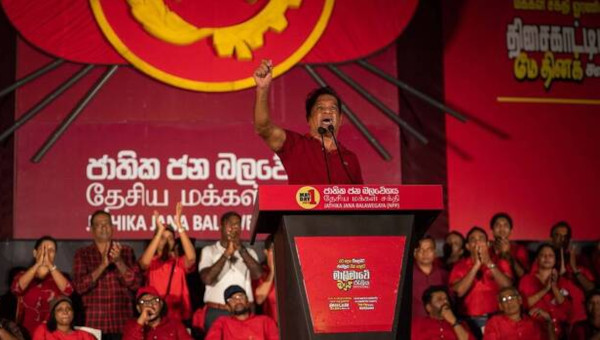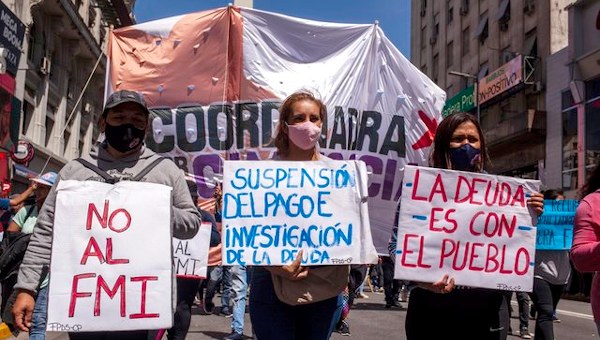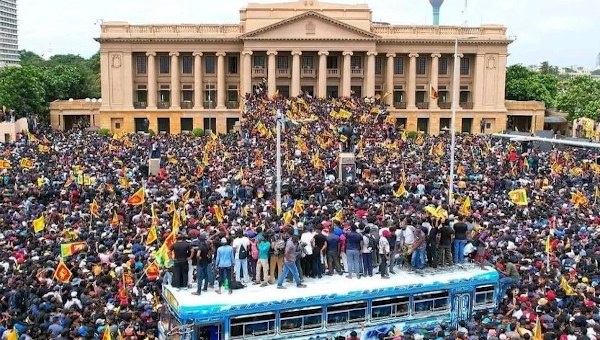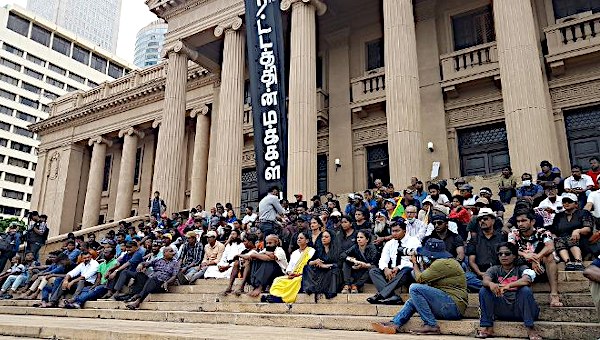The Tamil Protests: Resistance in the Face of Genocide
On Friday, 15 May 2009, the Sri Lankan army began a sea, air and tri-directional land assault on a single mile of island still believed to be held by the LTTE (Liberation Tigers of Tamil Eelam) and considered a “no-fire” zone. Over 80,000 civilians are unaccounted for and believed to be trapped in the sandy region. The army has stated that it attempts to ‘wipe out’ all inhabitants in the “no-fire” zone. This assault, called the “climax” by the Sinhalese-dominated Sri Lankan government is at the end of a seven month campaign to occupy the autonomous Tamil Eelam region that has been under Tamil control since 2002.
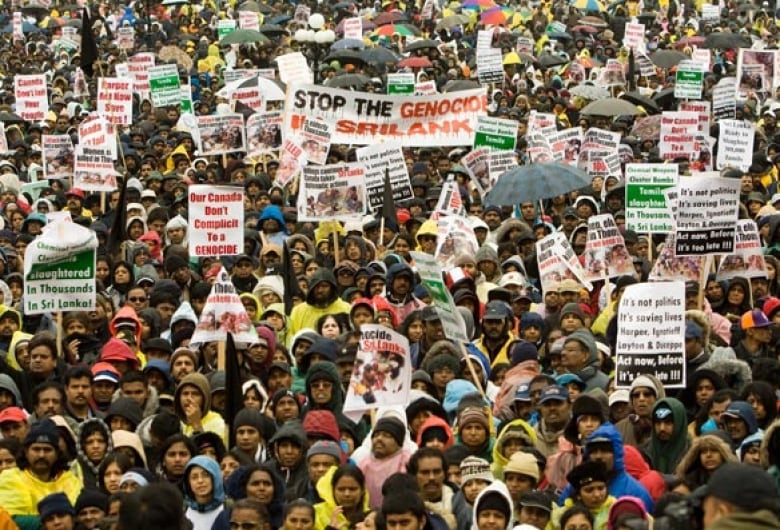
Independent accounts report deaths upwards of 10,000 in the fighting with at least a quarter of a million displaced in camps with no health services. There have been numerous reports of rape and slaughter in these camps by the Sri Lankan army, the most recent by Channel 4 UK.
Global Political Mobilization
Over the last few months, a growing movement against war and genocide in Tamil Eelam has taken to the streets of Toronto, London, Paris, Brisbane and many other cities. In Toronto, these protests have been organized in community centers and by students of all ages. A new generation of organizers has emerged that have been forced to learn the skills of mass political mobilization on the streets with thousands coming out day after day after day.
Eating, drinking, chanting, standing, shouting and screaming, tens of thousands of people of all ages, mostly with family in the affected region, have blockaded roads, and surrounded government buildings and embassies. They have organized mass sit-ins and die-ins, carried out candle light vigils and participated in hunger strikes in Toronto and elsewhere. Though initially without a clear mandate and borne out of frustration, the demonstrations are now unified in their call: “What do we want? Permanent Ceasefire! When do we want it? Right Now!”
Organizers have attempted to meet with Conservative MPs to ask for the recall of the Canadian ambassador to Sri Lanka and have urged that journalists and humanitarian workers be allowed in the quarantined war zone. Ottawa has rejected the demand that Canada call for a ceasefire and condemn the attacks that have caused so many civilian causalities.
The ‘Canadian’ Response
Many radio stations and mainstream media outlets have spewed vitriol, as callers to radio programmes speaking as ‘everyday Canadians’ (read white) have been derisive in their criticisms of the ‘Tamils.’ Canadian media accounts have questioned the logic of using the Tamil Secessionist flag (which is not the LTTE flag), the use of women and the elderly in the protest (as if the women and elderly have no free will to organize) and the role of street demonstrations in ‘holding city residents hostage.’ Little has been said about the demands of the 200,000 Tamil city residents and thousands of their supporters. Nothing has been said to pressure Harper to take an anti-war stance.
On the 4th of May, after the mass demonstration in Ottawa, after the non-stop protest outside the U.S. embassy and the public beatings of solidarity activists by Toronto police, the Canadian Minister of International Cooperation Beverley J. Oda visited Colombo and gave $3-million in untied aid to Sri Lanka. Instead of insisting that Sri Lanka adopt an immediate and permanent cessation of hostilities against a trapped civilian population in return for the aid, Minister Oda (in her own words to the Canadian media) simply ‘asked’ her hosts to do so. When ignored she passed over the money.
Two things come to mind on this point. First, Canada does not give out untied aid – a policy which has been used to attack working people in many countries and to limit democratic control over resources. In one of the rare instances when conditional aid could have been used as leverage to prevent a massacre, Canada shied away. Second, contrary to Minister Oda’s statements to the Canadian media, this is what
the Sri Lanka Ministry of Defence website had to say:
“She [Beverley Oda] welcomed the Government moves to reunify families stranded by terrorist atrocities and resettlement of civilians in their original places of residence. She said Canadian assistance to Sri Lanka will continue uninterrupted.”
The original places of residence in this case are the by now infamous “no-fire” zones that the Sri Lankan army confessed to have bombed two days before this visit (on May 2nd). Canadian reassurance of ‘uninterrupted assistance’ to Sri Lanka was something Minister Oda forgot to mention in her interview with Canadian media and of course something that the mainstream media managed to avoid questioning.
Beverley Oda and Stephen Harper must come clean. They need to explain why Canada is supporting what the UN has called a blood-bath. They need to explain why Canada is supporting the displacement of hundred of thousands of people creating a humanitarian disaster of tragic proportions. They need to explain to Canadians why it is in ‘Canada’s interest’ to let this genocide continue. Until that time, any public resistance or mobilization to create awareness and pressure Canada is the right one.
Now, more than ever before, the pressure campaign needs to be maintained. There are 80,000 people being bombed, shelled and massacred. There is a call to take to the streets, to call, email and fax parliamentarians to stop the genocide. I intend to respond to this call. Do you? •
Sources
- “Sri Lanka expects the visit of Canadian Minister would strengthen bilateral ties”, Asian Tribune, May 5, 2009.
- “Sri Lanka admits bombing safe zone”, Al Jazeera, English, May 02, 2009.
- “Policy Statement on Strengthening Aid Effectiveness”, CIDA, September 2002.
- “Canada gives $3 million in aid to Sri Lanka”, The Canadian Press, May 4, 2009.


